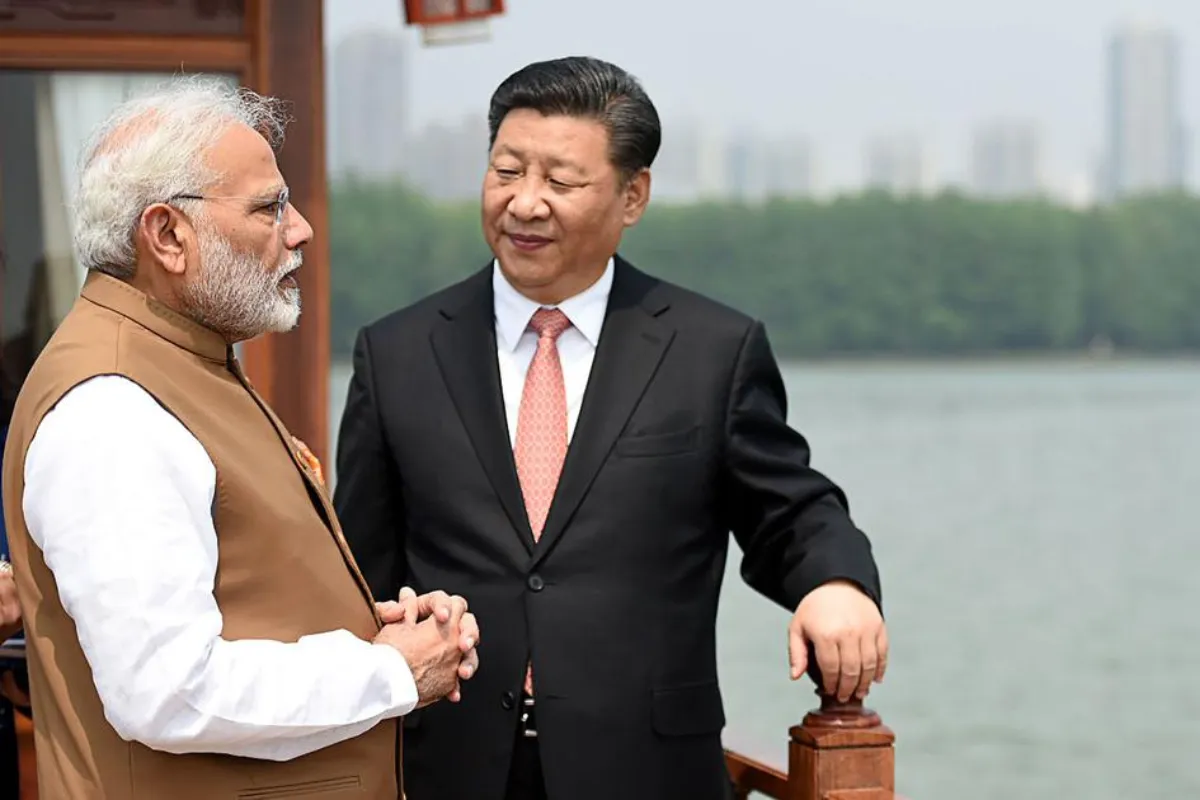The Ministry of External Affairs on Tuesday criticised China for renaming several places in Arunachal Pradesh, stating that assigning invented names to the state will not alter the reality that it is an integral part of India. China has renamed 30 locations in Arunachal Pradesh, claiming them as its own territory. Notably, China has made this attempt to rename places for the fourth time in seven years. However, the Ministry of External Affairs has strongly reacted to this move.
What did the Foreign Minister S Jaishankar say?
When asked about China’s attempt to rename places in Arunachal Pradesh, Foreign Minister Dr. S Jaishankar said, “If today I change the name of your house, will it become mine? Arunachal Pradesh was, is and will always be a state of India.” When questioned about China’s reported intrusions in Ladakh, Jaishankar responded, “Our army is deployed there (Line of Actual Control)…they know what they need to do.”
What is the basis for China’s claim over Arunachal Pradesh?
The India-China border disagreement began in 1962 after a war, which resulted in China gaining control of Aksai Chin. Since then, both countries have attempted to resolve the issue through various means, but they continue to have disagreements, particularly concerning territories like Arunachal Pradesh.
China has consistently laid claim to the entire Arunachal Pradesh, although the state’s sovereignty with India is recognized worldwide. International maps also depict Arunachal Pradesh as an integral part of India. Some experts believe that China is engaging in such antics due to India’s growing strength.
The U.S. recognises Arunachal Pradesh as part of India
A senior official of the Biden administration has stated that the United States recognises Arunachal Pradesh as Indian territory and firmly opposes any unilateral attempt by China to push its territorial claims across the Line of Actual Control (LAC). This statement came a few days after the Chinese military reiterated its claim. Notably, PM Modi recently visited Arunachal Pradesh, where he inaugurated the Sela Tunnel, which drew objections from China.
PM Modi inaugurated the Sela Tunnel
On March 9, Prime Minister Modi dedicated the Sela Tunnel, built at an altitude of 13,000 feet in Arunachal Pradesh, to the nation. This strategically located tunnel will provide all-weather connectivity to Tawang and is expected to facilitate better movement of troops in the border area. The most significant advantage of this tunnel is that it is located very close to the LAC. It is believed that with the construction of this tunnel, the distance to the Chinese border will be reduced by approximately 10 kilometers. It is situated close to the Line of Actual Control (LAC), allowing for quicker access to the Chinese border.
The Galwan clash between India and China
On the evening of June 15, 2020, there was a confrontation between India and China in the Galwan Valley of Ladakh, considered the deadliest clash in the past four decades. In this incident, twenty Indian soldiers, including a commanding officer of an infantry battalion, lost their lives. However, the Indian soldiers pushed back the Chinese soldiers and made them bite the dust. According to a report, more than 38 Chinese soldiers were also killed.
China’s influence waned during PM Modi’s rule
During the coronavirus pandemic, India demonstrated its strength by developing its own vaccine and providing aid to countries like China. It is noteworthy that since PM Modi assumed power, he has been focused on strengthening India’s borders, whether it is Arunachal Pradesh or Jammu and Kashmir. China has repeatedly opposed these moves, as it does not want India to construct roads or develope area near the LAC. Under the leadership of Xi Jinping, China has declined economically and politically. In contrast, under PM Modi’s leadership, India has developed economically and politically and is on its way to acquiring the necessary global power to deal with aggressive forces like China.












